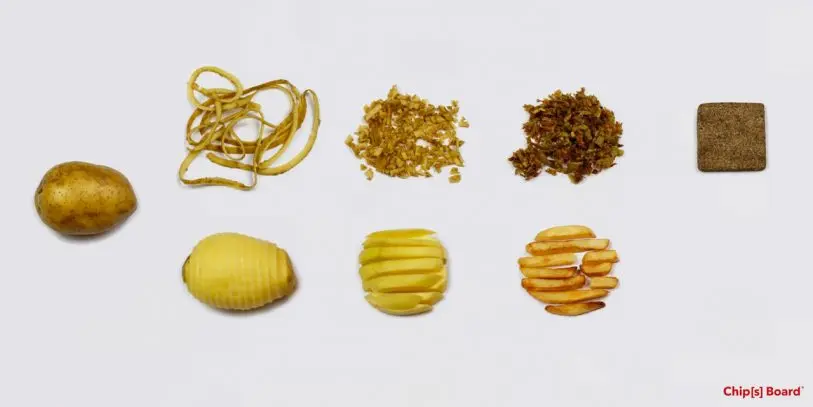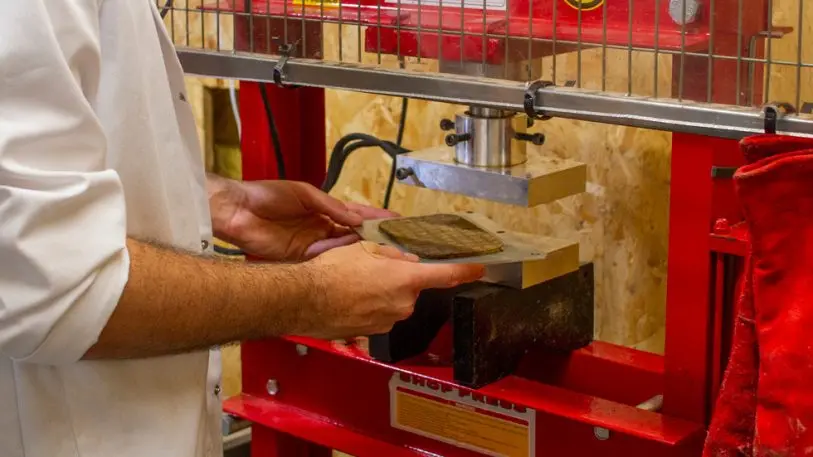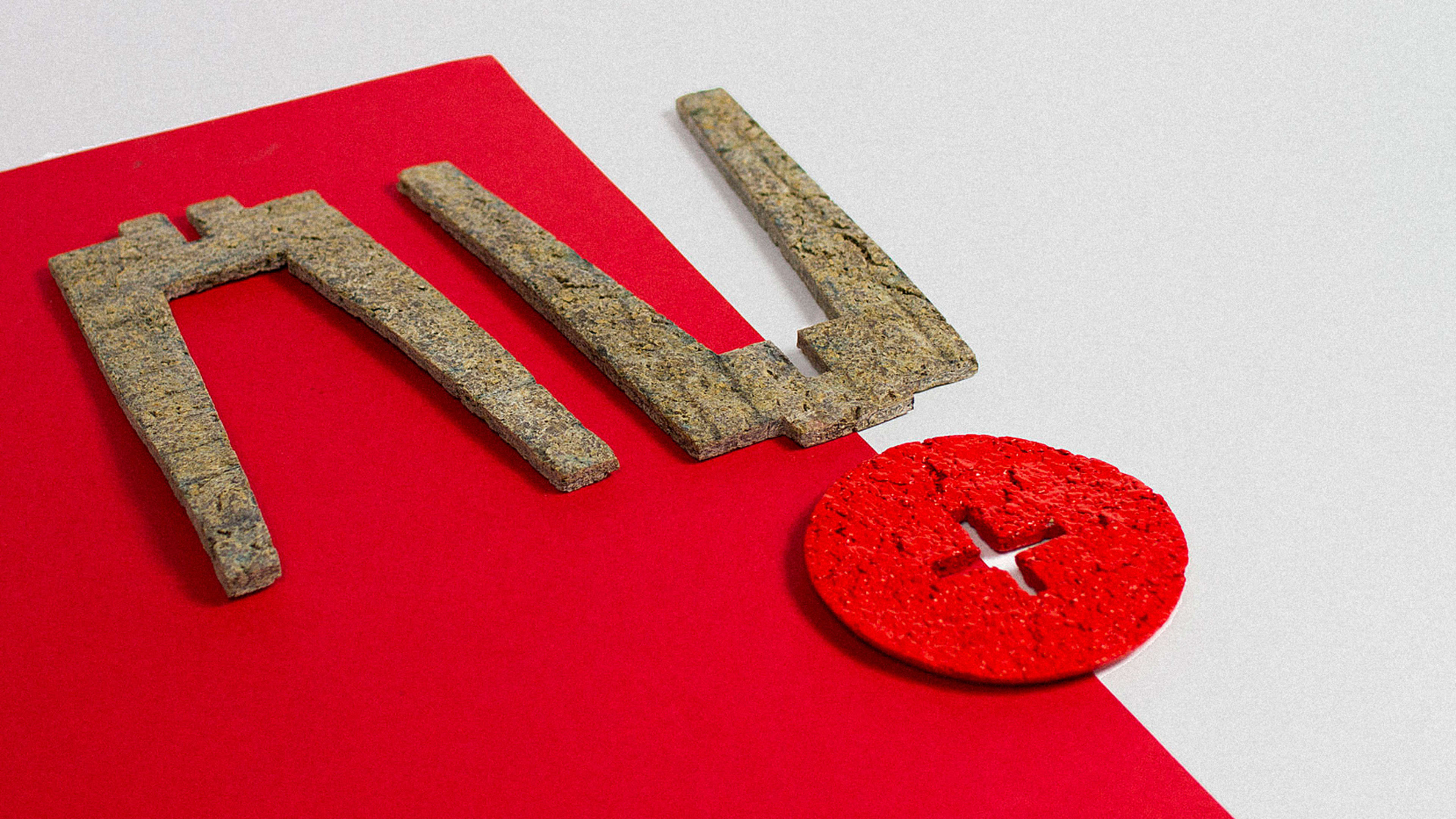Engineers have found a way to recycle potato peel waste from chips factories into medium-density fiberboard panels. Compared with traditional MDF, which you find in pretty much everything from tables to cabinets, it sounds like a dream: It doesn’t use toxic materials, and it’s fully recyclable.
MDF is made by turning wood into fibers and combining them with some binder agent at high temperature and pressure. That creates an hard material that is widely used in construction and furniture. If you have any Ikea furniture at home, you probably have MDF. After all, the Swedish manufacturer is the biggest user of MDF on the planet.
Although standard MDF has many benefits–it’s much harder than plywood, it has a relatively low carbon footprint, and it’s cheap–it’s still bad for the environment. You have to use toxic formaldehyde–a gas used as a binding agent–and other toxic resins to make it. And, because of that, you can’t recycle it, you just burn it.


Minkley and Nicoll initially developed it through trial and error, then refined it with the help of Cooper. The new material uses potato peelings refined in a proprietary process as a binding agent, mixing in bamboo, recycled wood, beer hops, and unrefined potato skins. They haven’t disclosed exact details about how their method works; they’re now in the process of patenting the technology.
The mixture is then subjected to the same high-pressure, high-temperature process of MDF manufacturing. The final result are the boards you see above, which are strong enough to make furniture or be used in construction, the designers say.
When you’re done with the material, you can turn it into compost and use it to grow some more potatoes in an eternal circle of potato life that will not only produce more furniture for your home and give you chips to stuff your face with, but help save the planet in the process.
Here’s hoping this works as they claim and Ikea and other manufacturers can turn it into actual products.
Recognize your brand’s excellence by applying to this year’s Brands That Matter Awards before the early-rate deadline, May 3.






